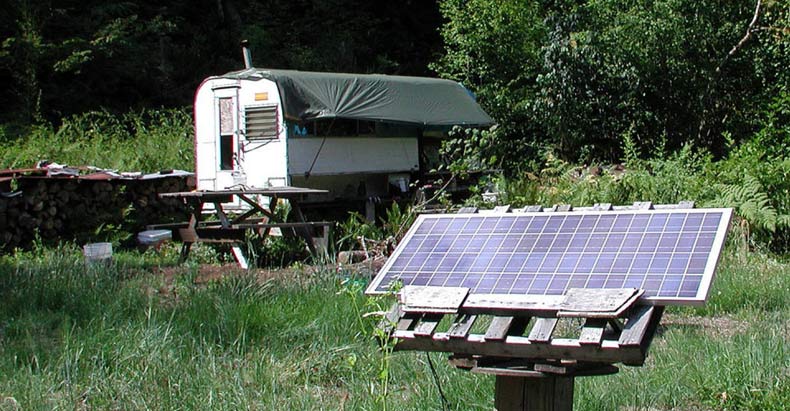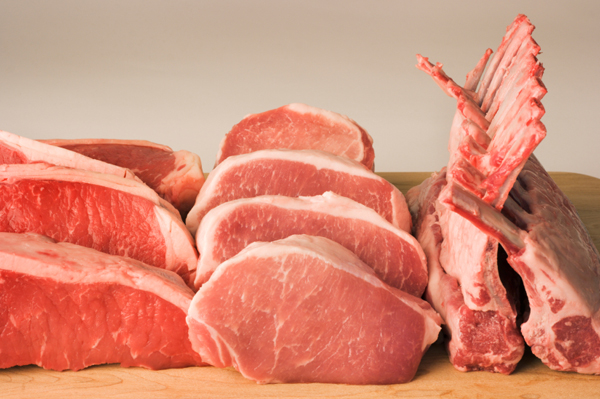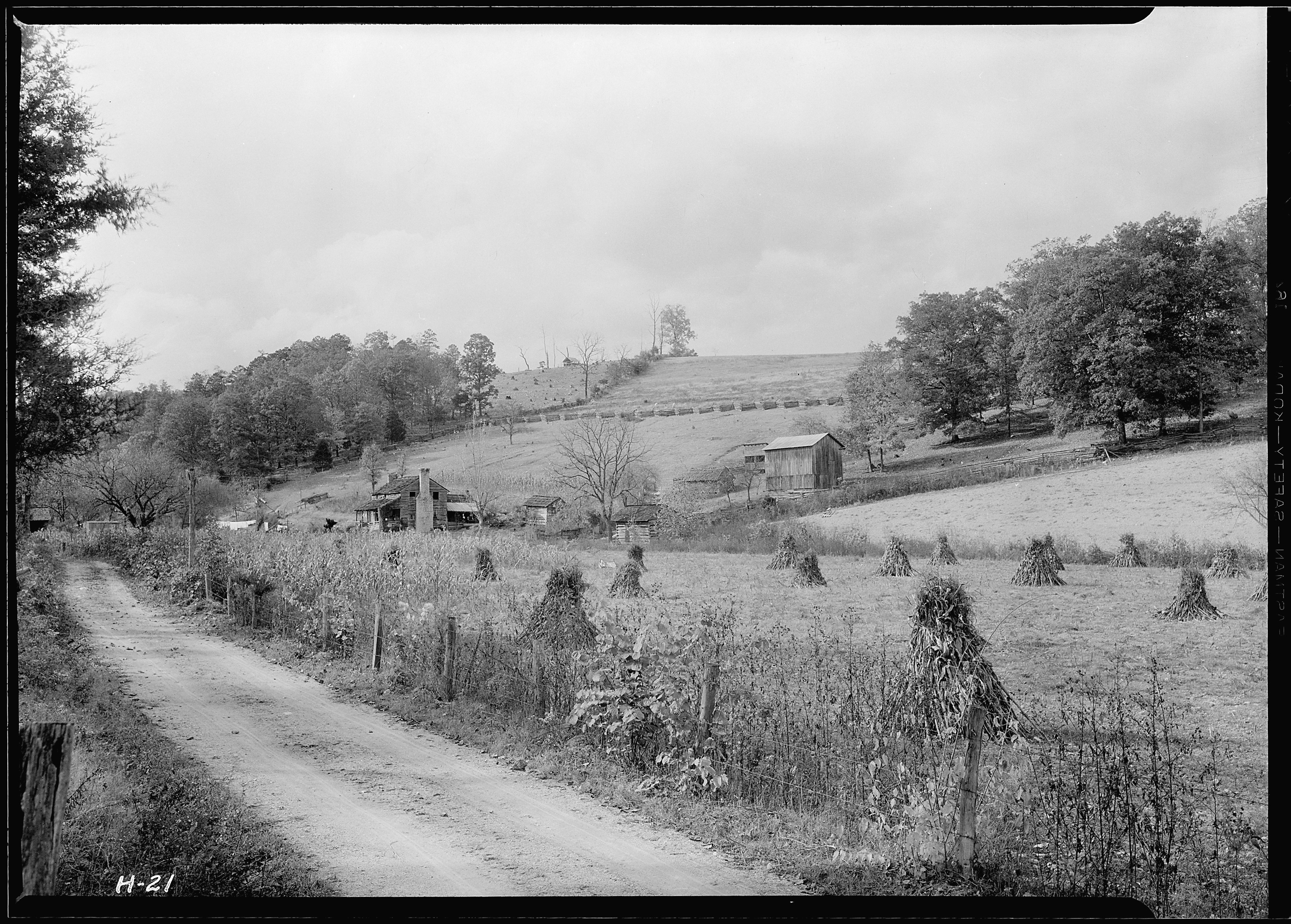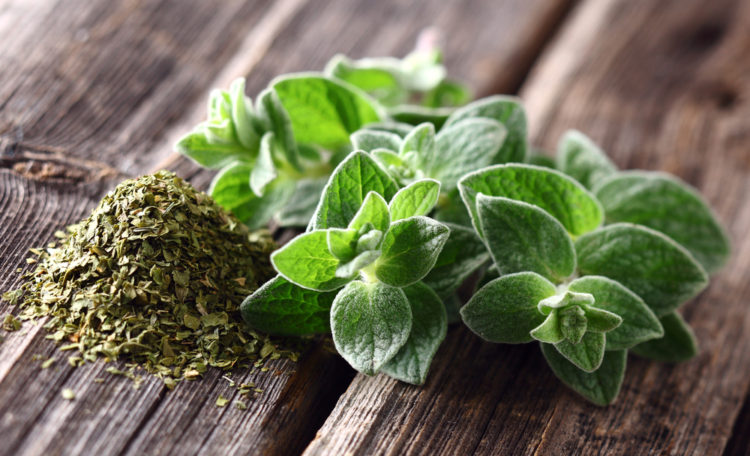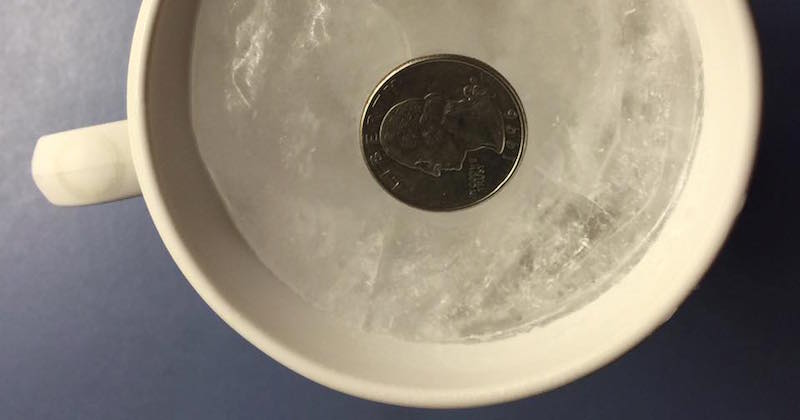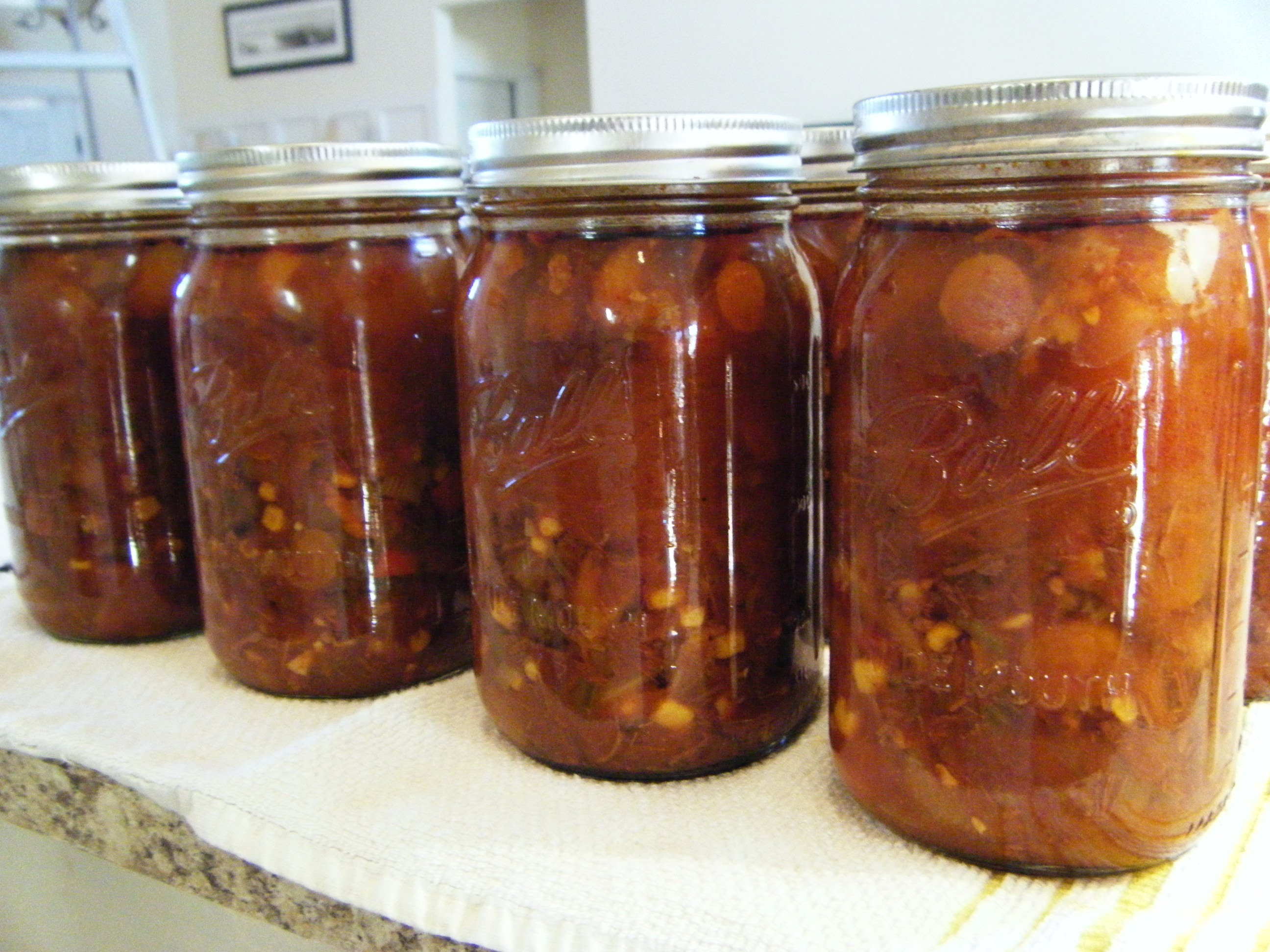Common Mistakes When Going Off-Grid
Getting off-grid and energy independent is really appealing, but can also be pretty intimidating. It’s hard to know where to start when you’ve lived your whole life reliant upon a municipal grid, and as I wrote recently about homesteading in general, it’s OK to make mistakes. But, you can always learn from the mistakes of … Read more

